Ten Personal Protective Equipment Must-Haves for Construction Workers
Construction sites are renowned for presenting significantly more safety hazards than most workplaces. Ensuring your workers are equipped with the necessary Personal Protective Equipment (PPE) is a key component to keeping them safe on the job and moving your project forward
Find PPE suppliers near you
Why is PPE important in construction?
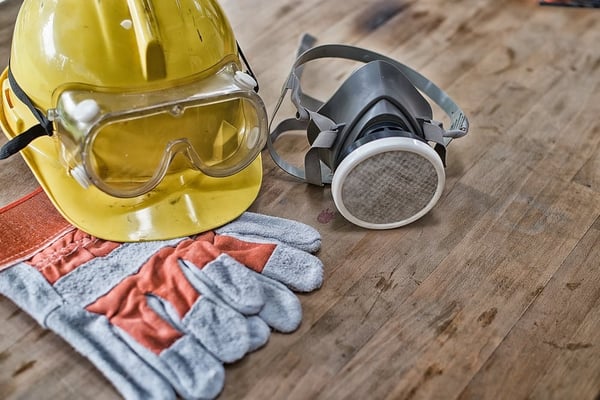
Due to the nature of construction and the inherent hazards that exist on site, PPE is essential. The main purpose of PPE is to reduce the individual workers exposure to these hazards where structural or administrative controls are not practical or effective in reducing these risks to an acceptable level. Therefore, they are an important supplement to the broader safety initiatives that are deployed on site (such as signage and scaffolding).
What PPE should be worn on a building site?
Listed here are the key types of personal protective equipment for construction workers:
1 - Work boots
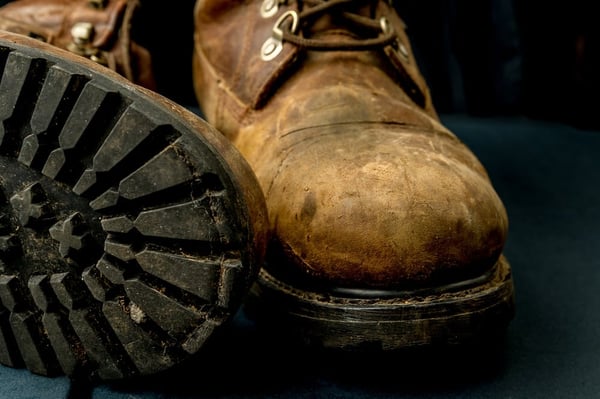
These should have slip-resistant soles to minimise the risk of slips and falls. The sole should also be in good working order to avoid the risk of puncture and a steel cap toe is highly recommended to protect from dropped or falling items.
2 - Gloves
Hands are at risk of burns, cuts, fractures and absorption of chemical substances. Gloves should be a snug fit and free of rips, chemical residue or burns which might compromise their protective qualities. Always replace them if they are damaged and remember to wear rubber gloves when performing tasks involving heat or electricity.
3 - Ear plugs
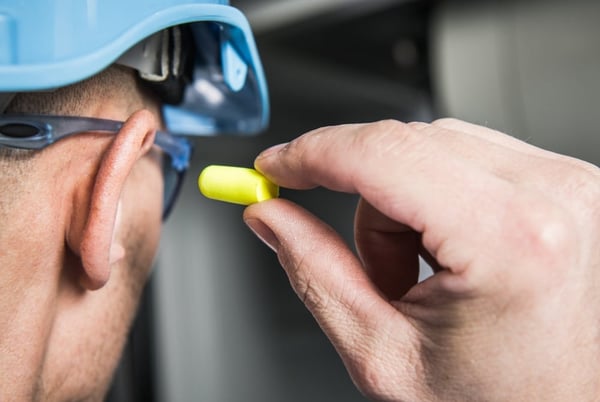
Aural damage is a significant risk on the job, due to the loud tools and machinery that workers are required to operate. Always ensure that ear plugs are clean before insertion and that they fit uniformly into the ear canal. Formable ear plugs are recommended to ensure a perfect fit for different sizes of ear canals.
4 - Hard hats
An essential item to protect from falling objects, they even play a role in insulating from electric shock. They should always be a firm fit and free of any deformities or dents. If they sustain any kind of impact, even if there is no visible damage, they should be replaced immediately. Also be careful of the cleaning agent used on the hard hat so as not to reduce its effectiveness and never store them in direct sunlight.
5 - Goggles
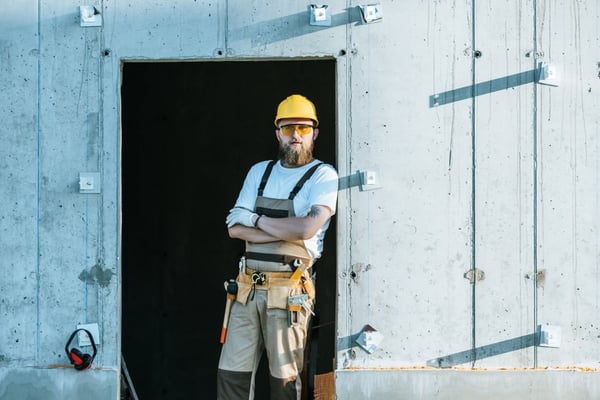
On site, eyes are at risk of injury from chemical elements, material shards, smoke and flying objects. Cutting, welding and concreting are examples of tasks that present a risk of eye or face damage and should be performed with goggles or a face shield. Ensure there are no defects on the goggles and that they meet the ANSI Z87.1 eye protection standard. They should achieve a firm seal across the cheeks and the forehead and should be carefully cleaned and disinfected after use.
6 - High visibility clothing
Highly important PPE when working on sites such as bridges or roads, where there is a risk of being hit by passing motorists. Typically consisting of bright-colours with reflecting accents to maximise visibility, it may include vests, jackets, trousers or jumpsuits. These should fit appropriately so as not to create a trip hazard and be cleaned regularly to ensure the wearer remains detectable from an appropriate distance.
7 - Masks
Surgical or face masks are important when working on tasks that can result in the inhalation of harmful materials into the body. There are many types of masks available and it is essential to determine whether the mask is designed to protect workers against the hazard of the particular task. They must have a tight fit and be thrown away after each use if they are disposable. They must never be shared and should always be replaced immediately if they sustain damage.
8 - Respirators
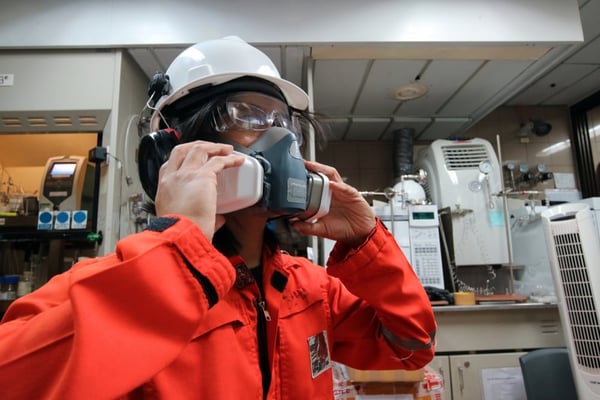
Depending on the type of task, a simple face mask may not be adequate. A respirator is a protective mask or hood that allows the wearer to breathe clean air. There are many types, so ensure you have a task-appropriate respirator for the job at hand. Prior to beginning work, ensure the specific unit has been fit-tested and the wearer is properly trained in operating it. Any filters need to be changed frequently and never continue using the respirator if it is malfunctioning. It must be firmly fitted with a tight seal to the face.
9 - Fall protection equipment
Includes safety harnesses and lanyards for tasks performed at height. All componentry should be closely inspected prior to use, ensuring that buckles and straps are free from damage. A strong connection to the anchor point must be achieved and tested before undertaking the task and the equipment should be disposed of immediately if the equipment is used after a fall.
10 - Sunscreen
Often overlooked as PPE, sunscreen is of paramount importance on Australian job sites to protect from skin cancer. Build in behaviours on your site to ensure that workers apply it when they arrive on site each day and that they are re-applying throughout the day. In the absence of gloves, sunscreen must be completely rubbed into hands prior to working with tools, to avoid slips and drops. It is worth noting that according to Safe Work Australia, the Person Conducting a Business or Undertaking (PCBU) is responsible for providing PPE to workers. Additionally, routine inspections are well-advised to ensure that workers are wearing the correct PPE, it is in good working order and to assess whether any additional protective equipment is needed.
What does PPE mean in construction?
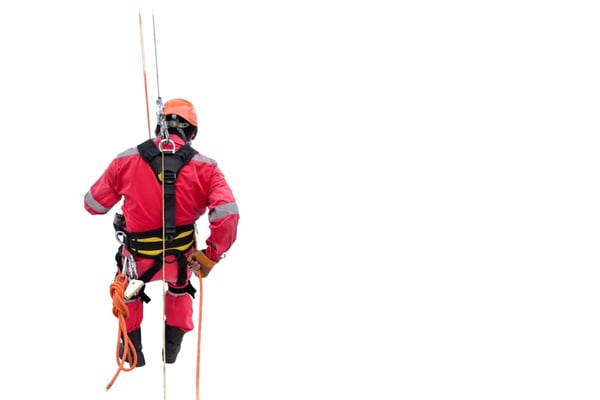
PPE in construction refers to any items worn or used by an individual worker to minimise the risk to their health and safety. These items can be broadly classified into the following categories:
- Eye and face protection
- Hand protection
- Body protection
- Respiratory protection
- Hearing protection
Why is PPE important in construction?
PPE is important in construction as it reduces the individual workers exposure to site hazards where structural or administrative controls are not practical or effective in reducing these risks to an acceptable level.


